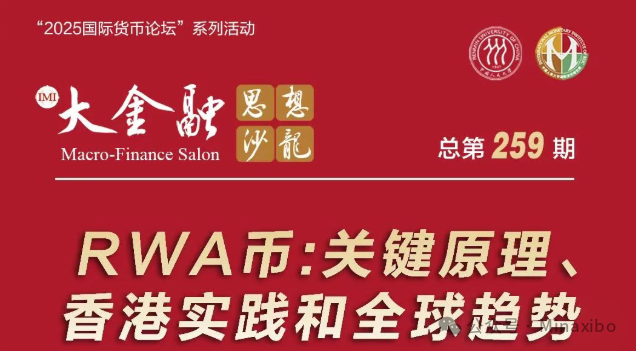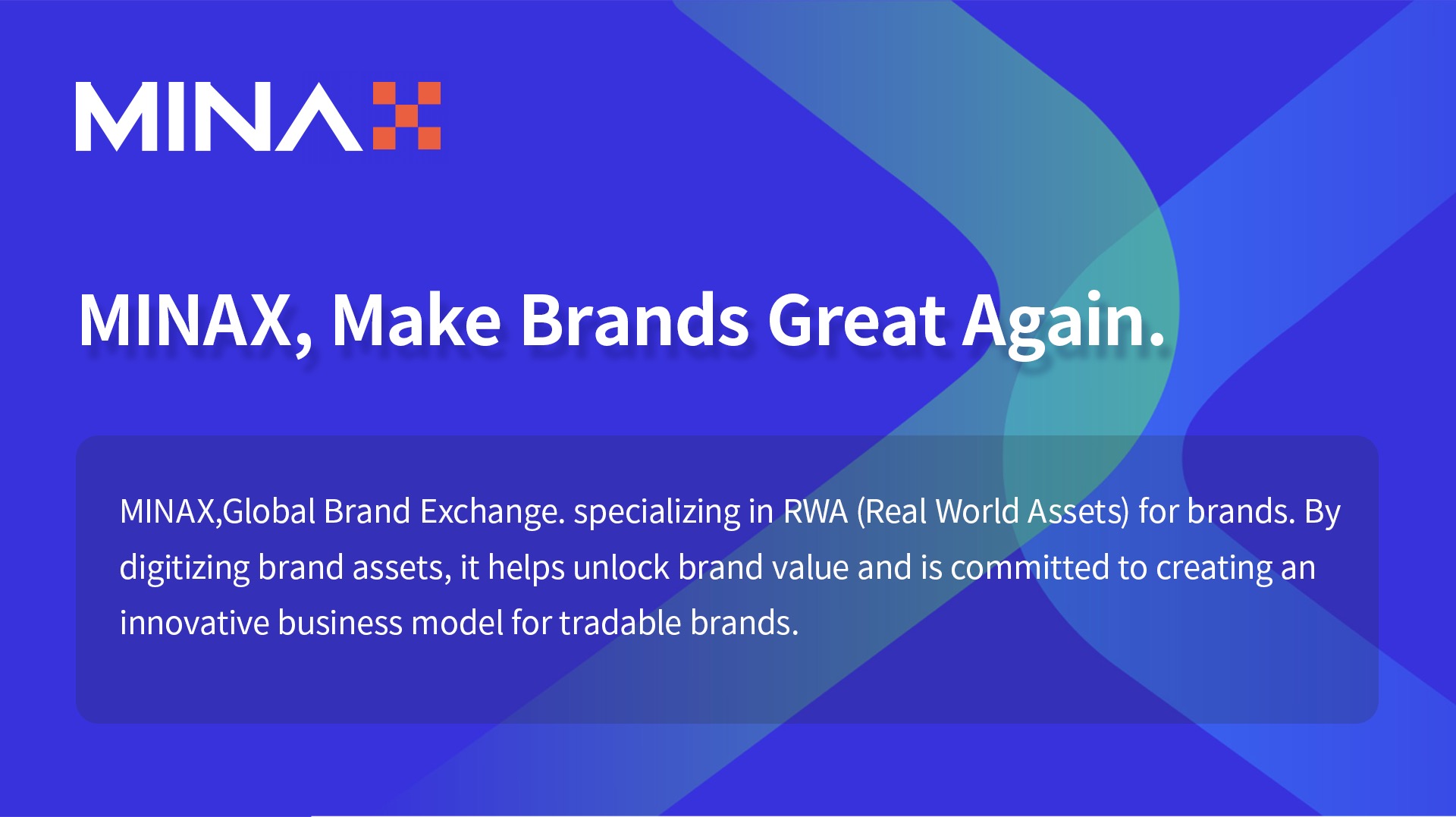On August 14th, the “Renmin University Shenzhen Social Salon and Grand Financial Thought Salon” hosted by Shenzhen Research Institute of Renmin University of China and Shenzhen Advanced Institute of Social Sciences, and co-organized by the Institute of Money (IMI) of Renmin University of China and Shenzhen Institute of Advanced Finance of Renmin University of China, was successfully held. This online event focused on the core principles, global trends and Hong Kong practices of Real-World Asset tokenization (RWA), inviting industry experts and scholars to conduct in-depth discussions, providing multiple perspectives for the innovative development of the asset digitalization field.
Yu Jianing: Analyzing the Core Logic of RWA, Hong Kong Becomes a Key Hub
Yu Jianing, President of Uweb Business School, Co-Chairman of the Blockchain Professional Committee of China Communications Industry Association, and Executive Director of the Metaverse Industry Committee of China Mobile Communications Federation, pointed out in his keynote report that RWA essentially converts traditional assets such as real estate, bonds, and bulk commodities into on-chain digital tokens through blockchain technology, which can realize the fragmentation of asset ownership, automated transactions, and improved liquidity. He emphasized that as an international financial center, Hong Kong has clarified the regulatory framework for Security Token Offerings (STO) and promoted pilot projects, and is actively building a key hub for global RWA development.
Yu Jianing mentioned that the current market value of digital assets has approached 4 trillion US dollars, showing significant growth compared to the end of 2022, which is inseparable from the promotion of compliance and mainstreaming. He believes that the development of RWA and stablecoins is not simply a “change at the coin level”, but an innovation in financial infrastructure, which can greatly improve asset liquidity and tradability.
Yang Dong: Compliance is the Premise, Exploring Innovative Models with Chinese Characteristics
Professor Yang Dong, Dean of the Law School of Renmin University of China, stated that the outbreak of RWA is similar to the early ICO, but it emphasizes the combination of real projects with the real economy, and has greater long-term development potential. He pointed out that compliance is the core of RWA development, and it is necessary to explore breakthroughs within the existing legal and regulatory framework. For example, through the linkage mechanism between Hong Kong and the mainland, promote the reasonable disposal and cross-border circulation of virtual assets.
Yang Dong mentioned that after the customs closure of Hainan Free Trade Port, it may become a “test field” for RWA innovation, combining data assets, Internet of Things technology, etc., to explore an asset digitalization model with Chinese characteristics. He emphasized that in the future, RWA needs to extend from “transparency” to “profitability”, and build a more complete trading market through the issuance of future income vouchers.
Yang Tao: Subdividing RWA Types, Alert to Risk Transmission
Director Yang Tao, Deputy Director of the National Institute of Finance and Development, proposed that when discussing RWA, it is necessary to first subdivide asset types, which can be divided into cash assets, standardized securities assets, low-liquidity financial assets, and non-financial assets according to liquidity and financial attributes. He believes that the current focus of RWA should be on low-liquidity standardized financial assets, non-standard financial assets, and non-financial assets.
Yang Tao emphasized that the core challenges faced by RWA are similar to traditional financial innovations, and it is necessary to be alert to problems such as information opacity and risk transmission caused by multi-layer nesting. He pointed out that promoting the healthy development of RWA requires identifying risk characteristics, improving institutional rules, promoting standardization, and ultimately returning to the essence of serving the real economy, combining with fields such as technological innovation and green transformation.
Danny Deng: Diversified Assets Empower RWA, Brand Digitalization Becomes a New Direction
Mr. Danny Deng, CEO of Minax Trading Group, combined with practical experience, pointed out that blockchain regulation often lags behind technological practice, especially in the Web3 field. He believes that RWA (Real-World Assets) should not be narrowly defined as securitized assets, and put forward the concept of “commodity tokens”, which he believes have low risks and are easy to penetrate, and should not be subject to strict securitization supervision uniformly. It is suggested that China, as a major commodity country, can promote RWA with diversified assets such as commodities and brands as the entry point, and explore more diversified RWA models, not limited to securities tokenization.
Taking brand assets as an example, Danny Deng explained that intangible assets have natural advantages such as traffic and consensus. Through brand assets, global circulation and value growth can be achieved, and they can be applied in diversified scenarios such as consumption and services, realizing the linkage between “on-chain value” and “offline applications”. At present, the brand exchange built by his team has launched more than 20 brand assets with a total market value of nearly 2 billion US dollars.
Danny Deng emphasized that stablecoins are an important support for the RWA ecosystem, and their value lies not only in payment, but also in building a new decentralized financial business format. He believes that with the refinement of industrial division of labor, RWA will move from concept to practice, promoting more enterprises to integrate into the digital economy ecosystem.
This salon brought together the wisdom of academia and industry, providing a clear theoretical framework and practical path for the development of RWA. As the organizer, relevant institutions of Renmin University of China gave full play to their academic and platform advantages, promoted cross-field exchanges and cooperation, and injected impetus into the standardized innovation of asset digitalization.
【Risk Warning】This article’s content is for informational purposes only and does not constitute any investment advice. Brand asset trading and investment involve high risks and volatility. Users are advised to fully understand the associated risks and make cautious decisions before investing. MINAX is not responsible for any investment losses resulting from reliance on this content. Please invest rationally based on your risk tolerance.


